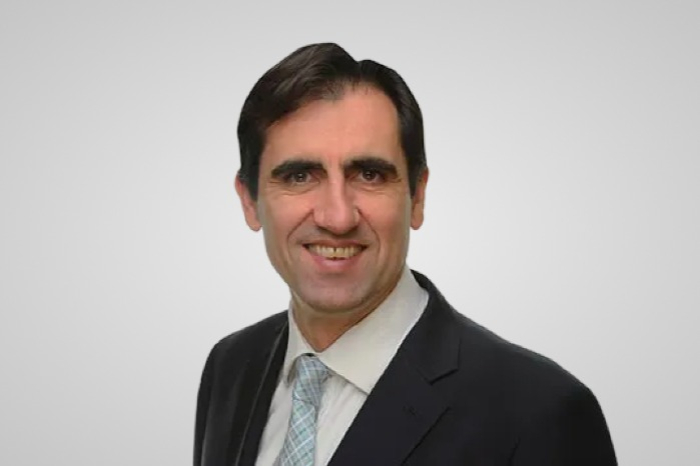
Heightened geopolitical uncertainty and the energy transition are fueling defense and infrastructure spending in Europe, positioning its private credit market for faster growth.
As interest rates decline, growing refinancing demand and renewed M&A momentum are expected to galvanize the non-bank credit market, according to Stephan Caron, managing director at BlackRock.
“Geopolitical fragmentation is pushing Europe to reorient policy and capital toward security, resilience and competitiveness, opening opportunities in defense, infrastructure and financials,” he said during a CIO Roundtable hosted by The Korea Economic Daily on Nov. 7.
Defense budgets in Europe are entering a multi-year investment cycle, with spending expected to rise from the current 2% to about 3% of the region’s gross domestic product in the coming years.
Infrastructure assets remain central to Europe’s economic transformation.
With private infrastructure investment accelerating, global private infrastructure assets are projected to surpass $2 trillion by 2028, of which Europe is expected to account for 42%, according to BlackRock.

Europe represents about 30% of global allocations to private credit.
As the global credit market is projected to more than double to $4.5 trillion over the next five years from the current $2 trillion, Caron said Europe will attract investors looking to diversify their US-centric portfolios.
Private credit in Europe has delivered higher pricing premiums and more moderate volatility compared to the US, supported by lower leverage among corporate borrowers.
DEFENSIVE SECTORS
BlackRock leans toward defensive, or non-cyclical, sectors such as professional services, technology and healthcare.
They have outperformed cyclically sensitive sectors in both revenue and earnings growth and are poised to lead Europe’s M&A and private debt markets.
“These are sectors that are highly fragmented in Europe. There’s more consolidation and there’s more technology adoption,” Caron explained.
“Defensive, non-cyclical sectors account for an ever-growing percentage of European deals, becoming a foundational component of private debt markets.”

MIDDLE MARKET
Despite inflationary headwinds, middle-market borrowers have shown financial resilience.
BlackRock’s European middle-market direct lending portfolio, concentrated in non-cyclical industries, has outperformed market averages across revenue and earnings metrics.
Caron is one of BlackRock’s European Middle Market Private Debt funds’ portfolio managers.
DIRECT LENDING
Across Europe, direct lending is now a dominant financing source, accounting for 80% of buyout deals by count.
“Direct lending has become an increasingly popular choice for leveraged buyouts as opposed to syndicated loans due to its certainty and speed of execution,” Caron noted.
Syndicated loans, generally more liquid than private loans, are priced similarly in Europe and the US.
Direct lending in Europe has consistently offered a spread premium of about 90 basis points over comparable deals in the US since 2024, even as loan spreads tightened, according to BlackRock.















